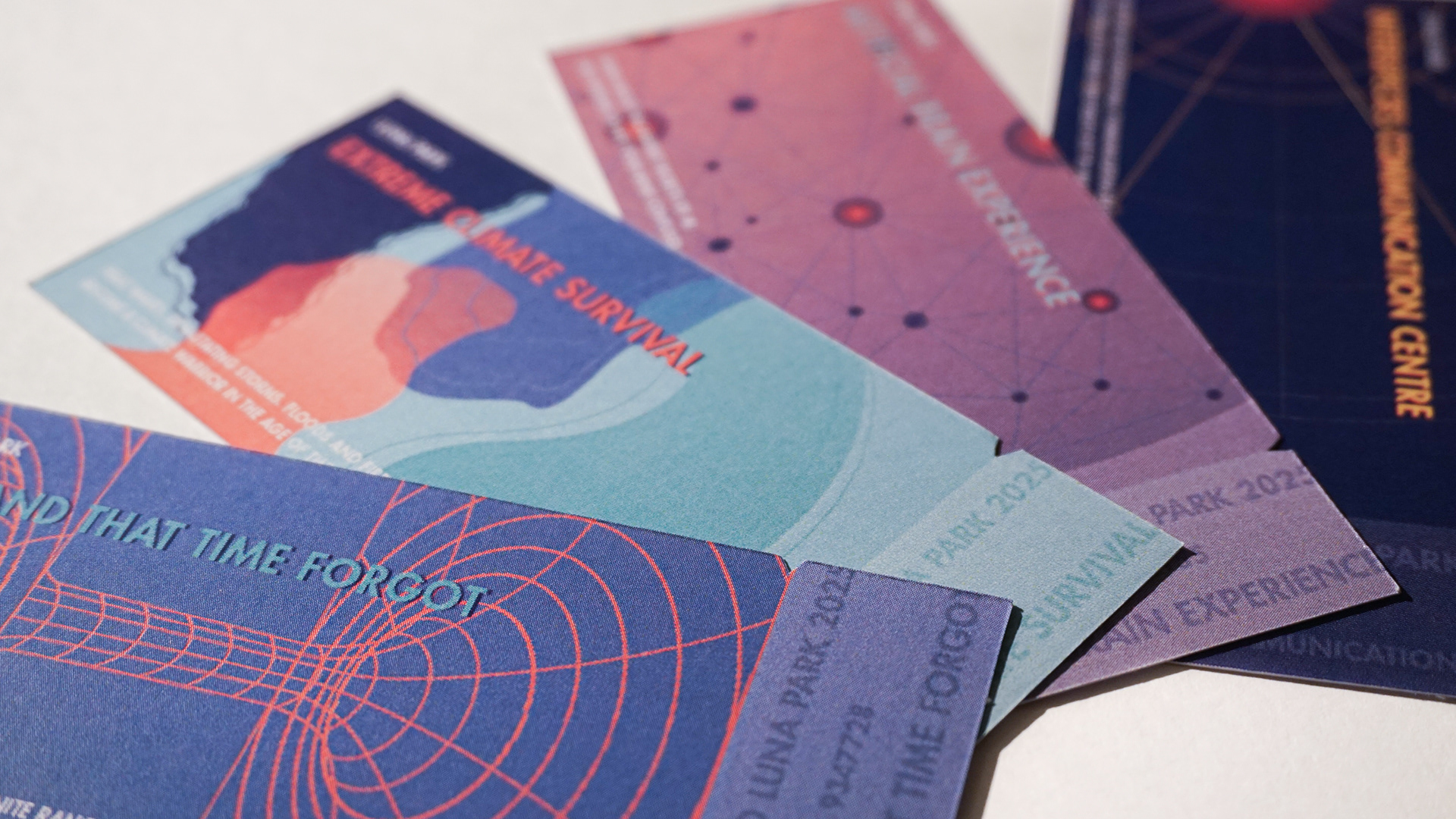About my residency at the Brooklyn-based design studio The Extrapolation Factory, in September 2017:
As somebody who enjoys exploring the unknown, staying a month at The Extrapolation Factory was a very exciting experience. New York, being a new place for me to discover and the insights I gained through the Brooklyn based design studio enriched my work, in which I continuously look for new ways on how to tell stories that might feel intangible in the first place, but can be brought to life by artifacts and other kinds of visualization. The Extrapolation Factory inspired me a lot in finding such diverse viewpoints and in creating new methods for how to look at history, perceive the present and imagine the stories that could be told in the future.
New York is a messy place and as much as it’s incredible diversity can be an inexhaustible inspiration, the overload of information can start covering your sight field. When it comes to speculating about the future, there is a similar mess you need to deal with. Many forecasting techniques have been developed with the attempt to predict the world of tomorrow, adapt and prepare for it. A lot of companies and institutions with trained experts use those models to assure their own survival, rarely though reach out to a greater public. If we want to think of a collective future, a more communal and democratized approach is essential to raise the right questions.
In my personal process of finding a way to contribute to the development of a taxonomy of future scaping methods, at some point I found myself standing on the streets of Brooklyn asking passers-by: “Excuse me, do you know where I can find the laundromat, where clothes are washed with bacteria?”
Chris and Elliott challenged me back at the studio to go through the city and look for opportunity spaces, where unconventional conversations could be created. I started seeing New York as a set for fictional scenarios, melting imagination and reality together. Creating those fictive stories which are positioned in common public places, gave me on the one hand the opportunity to confront complete strangers in just a few moments with intriguing ideas and questions, and on the other hand made me think of future settings that are much more connected to our everyday lives.
I chose a laundromat to envision a new perspective on what we think about bacteria nowadays, showing the important role, those little organisms play for our health and well-being. While today’s laundromats try to promote a clean and bacteria-free environment, I imagined a place, where our skin microbiome that has been suffering under our exaggerated hygiene measures, can get revitalized again. Through fictional artifacts placed in a laundromat, I told the story of bioreceptive washing machines and substrates, that create a bacterial inclusive surrounding.
https://isabelprade.com/bioreceptive-washdry
Apart from investigating interesting locations that represent the everyday routines of the city, I was also curious to engage with those magical places that made New York be famous for being a laboratory, where experiments on technological as much as on a sociological level were performed. Chris told me the spot to go was Coney Island, which today seems like a quite generic amusement park, but back in the early 20th century served as a testing field for how Manhattan would evolve in the years to come.
Being inspired by how the Extrapolation Factory includes the public in the process of idea generation, I created a setup which would make me encounter people passing by and provoke conversations about a future Coney Island. Using the location itself as a workshop space lent the whole action authenticity and opened up the opportunity to play around with potential scenarios on the actual spot. Additionally, I was communicating the history of Coney Island and showing the extraordinary attractions, which inhabited this space long time ago, providing people an image of the past and therefore facilitating a time travel to the future.


https://isabelprade.com/reenvisioning-coney-island